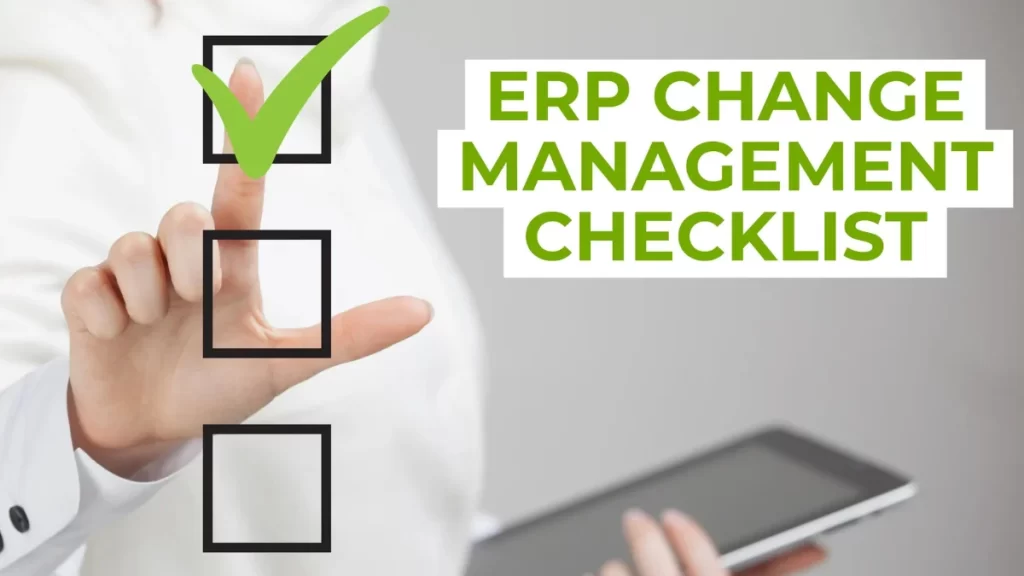Unlocking an ERP’s Potential with Reporting & Analytics Tools
In the realm of Enterprise Resource Planning (ERP) systems, the fusion of robust reporting and advanced analytics tools serves as a pivotal catalyst for unlocking the full potential of ERP software. By leveraging these tools effectively, organizations can gain valuable insights, enhance decision-making processes, and optimize operational efficiency. Let’s explore how Reporting & Analytics tools act as the cornerstone in realizing the true power of an ERP system.
The Pyramid of ERP Software
- Operational Reporting:
- Description: Found at the base of the ERP software pyramid, operational reporting provides real-time visibility into day-to-day operations.
- Importance: Enables tracking of key performance indicators, operational efficiencies, and transactional data for immediate decision-making.
2. Tactical Reporting:
- Description: Sitting in the middle layer, tactical reporting focuses on analyzing historical data to identify trends, patterns, and opportunities for improvement.
- Importance: Supports strategic planning, resource allocation, and performance benchmarking based on comprehensive data analysis.
3. Strategic Analytics:
- Description: Positioned at the pinnacle of the ERP software pyramid, strategic analytics involves predictive modeling, forecasting, and prescriptive analytics to drive long-term business strategies.
- Importance: Empowers organizations to anticipate market shifts, optimize resource utilization, and innovate based on data-driven insights. Role of Reporting & Analytics Tools in Unlocking ERP’s Potential
4. Data Visualization & Interpretation:
- Reporting & Analytics tools transform complex data sets into intuitive visualizations, such as dashboards and graphs, facilitating quick interpretation and understanding of critical business metrics.
5. Informed Decision Making:
- By providing real-time and historical data analysis, these tools empower stakeholders to make informed decisions promptly, ensuring agility and responsiveness in a dynamic business environment.
6. Performance Monitoring:
- Reporting tools enable continuous monitoring of key performance indicators (KPIs), allowing organizations to track progress, identify deviations, and take corrective actions to improve operational efficiencies.
7. Predictive Insights:
- Advanced analytics tools leverage predictive modeling to forecast trends, anticipate risks, and seize opportunities, enabling proactive decision-making and strategic planning.
8. Process Optimization:
- Through data-driven analysis, Reporting & Analytics tools identify inefficiencies, bottlenecks, and areas of improvement within business processes, leading to optimization and enhanced overall performance. Conclusion
In conclusion, the integration of Reporting & Analytics tools within an ERP system forms the backbone of data-driven decision-making, strategic planning, and operational excellence. By embracing the Pyramid of ERP Software – encompassing operational reporting, tactical reporting, and strategic analytics – organizations can harness the full potential of their ERP investment, driving innovation, efficiency, and sustainable growth. Through a comprehensive utilization of reporting and analytics capabilities, organizations can navigate the complexities of modern business landscapes with agility, intelligence, and foresight.
